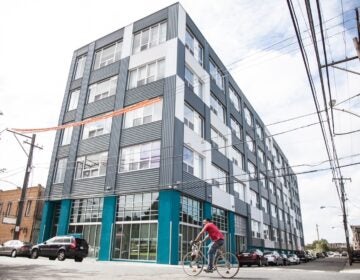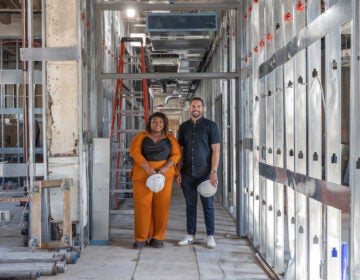Combatting opioids with paint: Mural Arts sets up shop in heart of epidemic
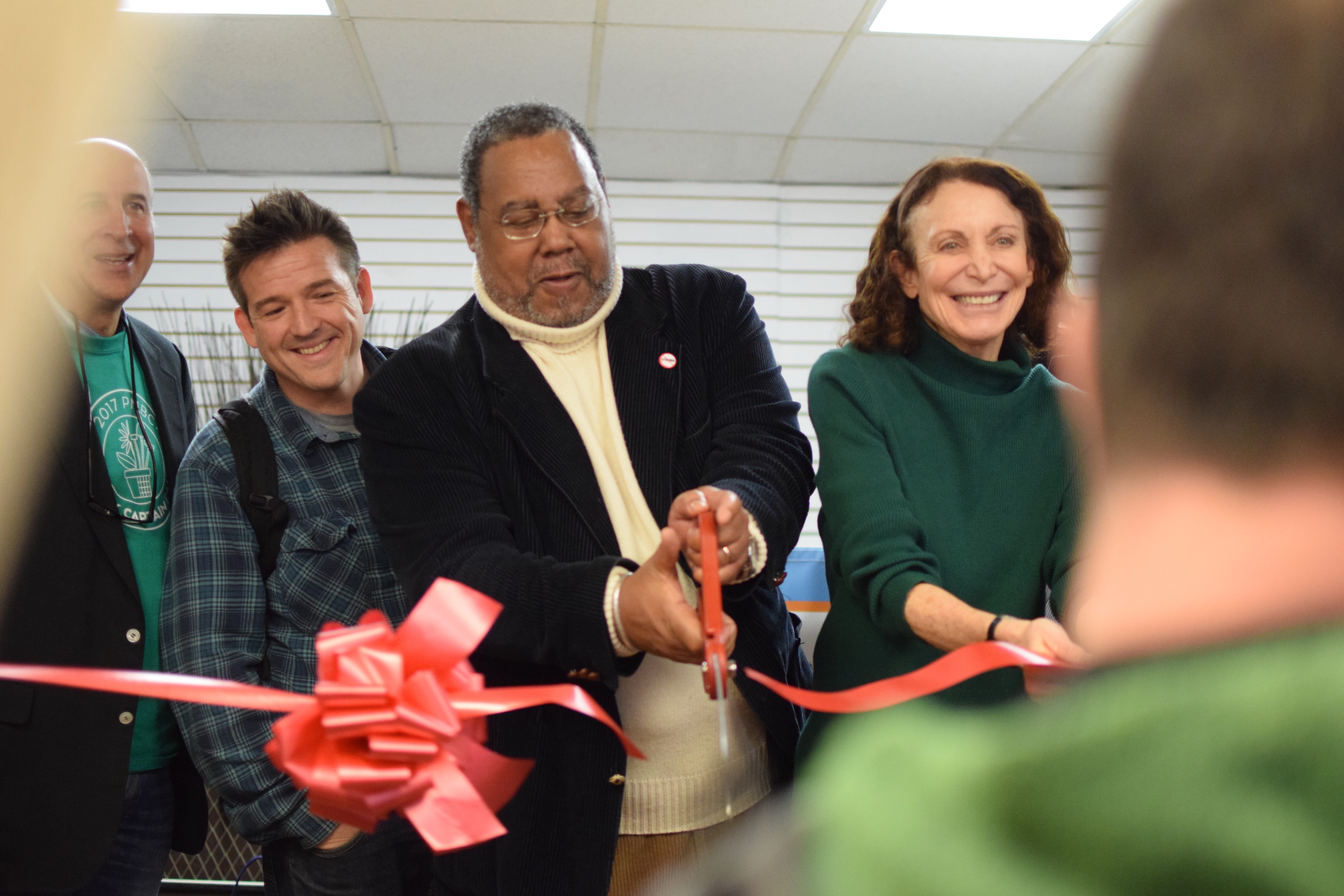
It has been all hands on deck as Philadelphia wrestles with a worsening opioid drug crisis, one that has caused more than 900 overdose deaths last year. The escalating situation has brought together a city-wide task force. It has led to the expanded use of the overdose reversing drug naloxone. And it has even prompted city leaders to consider a safe-injection site.
But the latest strategy in combatting this growing problem involves paint brushes.
Working with city agencies, community groups and a local deli, Mural Arts Philadelphia is opening a new space on Saturday in Kensington, an area hard hit by a surge in drug overdoses. The aim, say organizers, is to create a place where residents can connect, come up with creative solutions together, find services if they need it, and of course, make murals.
“When violence and crime happens, when people are dying from an overdose in large numbers, I think it diminishes our humanity. We lose part of our heart and soul as a city,” said Jane Golden, executive director of Mural Arts. “Art can be part of building people’s strength.”
The prime location the new hub is thanks to Martin’s Deli. It sits right under the El on Kensington Avenue and Somerset and has a constant flow of people from all walks of life, coming in and out for sandwiches and other snacks. The place has been around for a century, said Kipp Choe, whose family has owned the place for the last 25 years. They also own the space next door that will house the new Mural Arts project.
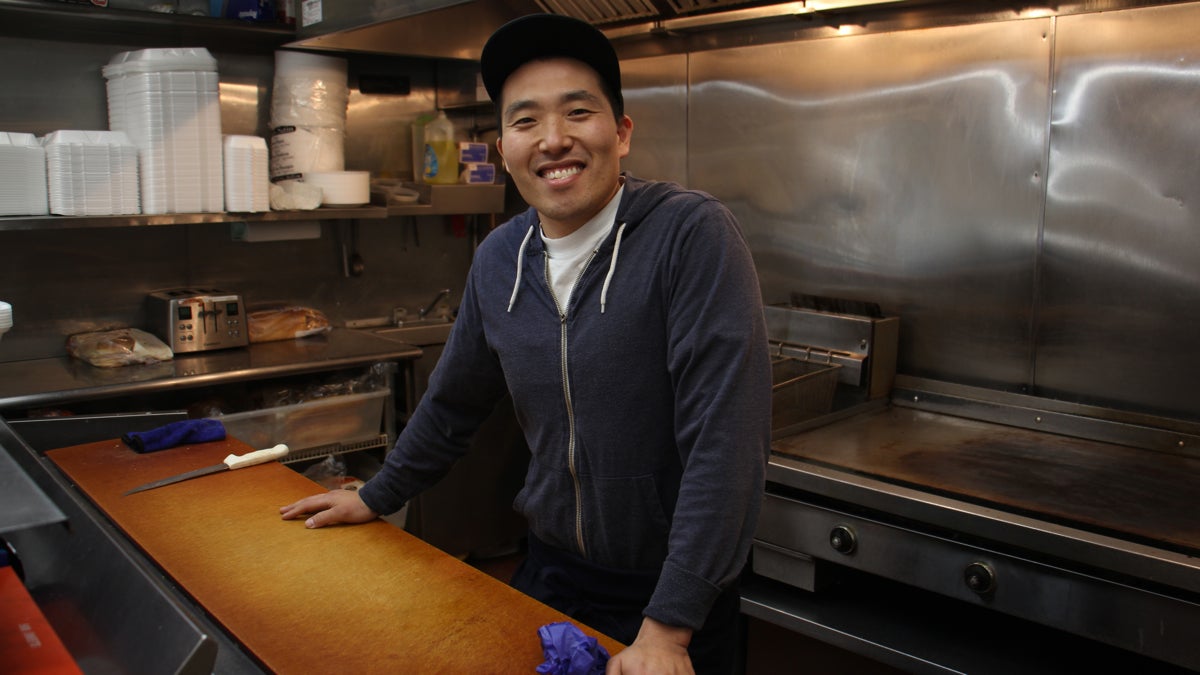
Choe loves the neighborhood and the people, but he sees it getting a bad rap. He also witnesses some troubling stuff on a regular basis.
“I see two, three people a week [overdosing] outside,” Choe said.
He teaches martial arts to kids at a church across the street, but he has long thought the area needs more resources and positive outlets. He also sees art as something that could really revitalize the community.
“I really, really believe that art can really change people,” he said.
It’s for that reason that he didn’t want to rent out that space he owns next door to a pizza place or cell phone business again. Over the summer, he reached out to the New Kensington Community Development Corporation. Through that, he connected with Mural Arts, the community-based public art program about using the storefront.
It was pretty serendipitous, said Laure Biron, head of Mural Arts’ Porch Light initiative.
“We don’t want to come in with all the answers,” Biron said.
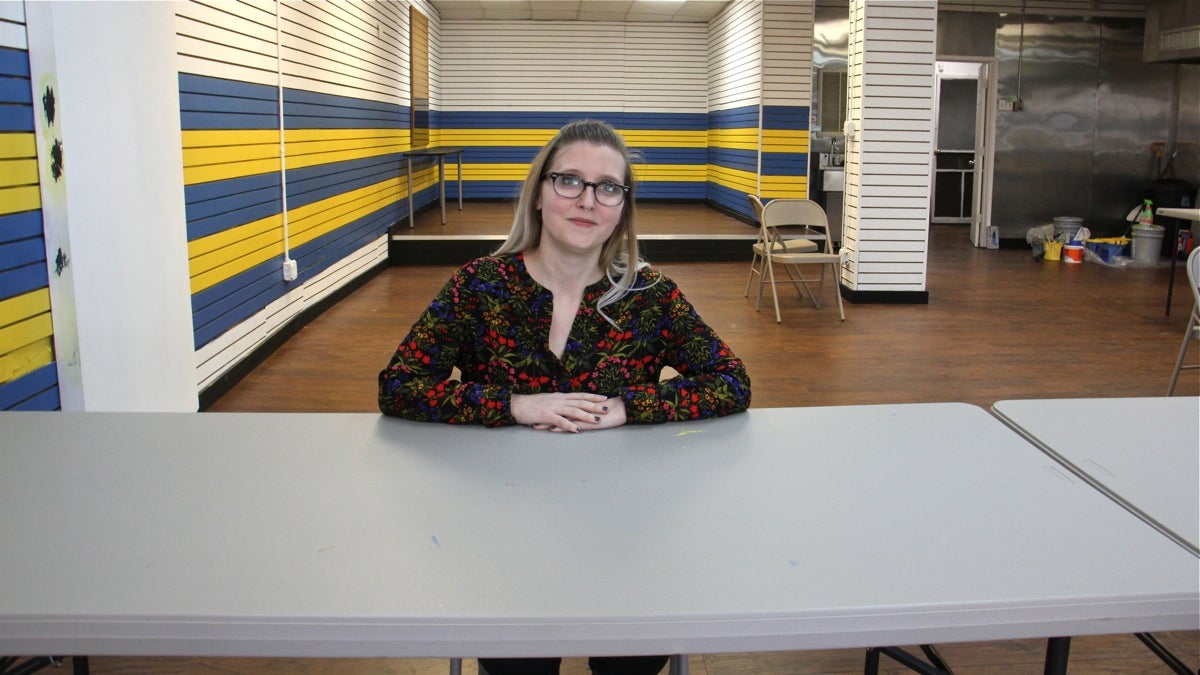
Porch Light has been working with Philadelphia’s Department of Behavioral Health and Intellectual Disability Services for at least a decade. The aim is to use art as a way to get at deeper health issues. The partnership first started by bringing art programing and mural making to a methadone clinic and has since gone into several of other places throughout the city. More than 30 community murals have come out of it.
“One of the main ways in which that functions is it reduces isolation,” Biron said.
Art workshops give people a trusted space to process and express what they’re going through, she said, and even connect with a counselor if they want. Biron has most recently witnessed this positive response with people at another active Porch Light spot, Southeast by Southeast, located in South Philadelphia.
“Then when they are in crisis, they’re coming there and asking for help,” she said of area residents.
There is also at least some evidence to back the approach. Researchers from Yale’s medical school did some evaluations of the model and found people often felt safer in their neighborhoods as a result. Meanwhile, the stigma around mental health went down.
“We’re confident this works.” said Anthony McLaughlin, manager of community-based services for the city’s department of behavioral health. The city invests about half a million dollars annually in Porch Light projects, which also involve social workers and other services beyond the art programming. “We hope to build even more deeper connections in the community.”
The latest Mural Arts hub in Kensington also relies on collaborations with groups like Prevention Point and Impact Services Philadelphia. Beyond city support, the project received $95,000 from the Stavros Niarchos Foundation, plus funding from the Hummingbird Foundation and even the Drug Enforcement Administration.
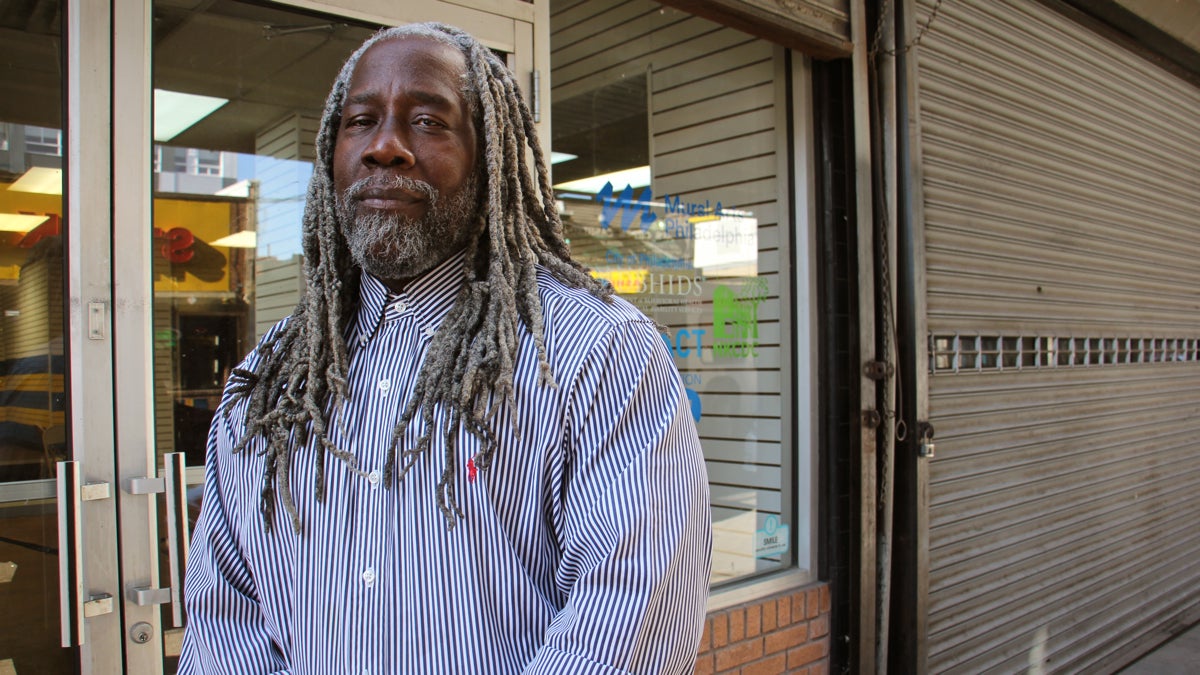
Mural Arts recently moved in. Picture an open room the size of a Cricket store (which is what it used to be — the sign is still up), with some long tables and colorful bean bag chairs by the windows. Once in full swing the Porch Light Kensington Storefront, as they’re calling it, will have everything from overdose prevention trainings to art workshops.
One of the art facilitators will be Alvin Tull, an artist from North Philadelphia. He first got involved with Mural Arts after being in gangs when he was younger. Over the years, he has helped design several murals around the city and led projects with inmates inside a youth prison. Tull said community art has saved him, most recently as he works through his own addiction.
“It took five years just be able to think, function, and feel like a human being again after all the devastation,” Tull said.
Mural Arts projects, he said, has been a critical support throughout his life, and especially now as he enters year six of his recovery. He hopes to spread that sense of purpose with others, whose struggles he can identify with, both inside the new Kensington space and beyond.
“I’m honored to be here because I know within inside myself, I feel a healing already by being a part of something of this magnitude.”
WHYY is your source for fact-based, in-depth journalism and information. As a nonprofit organization, we rely on financial support from readers like you. Please give today.




